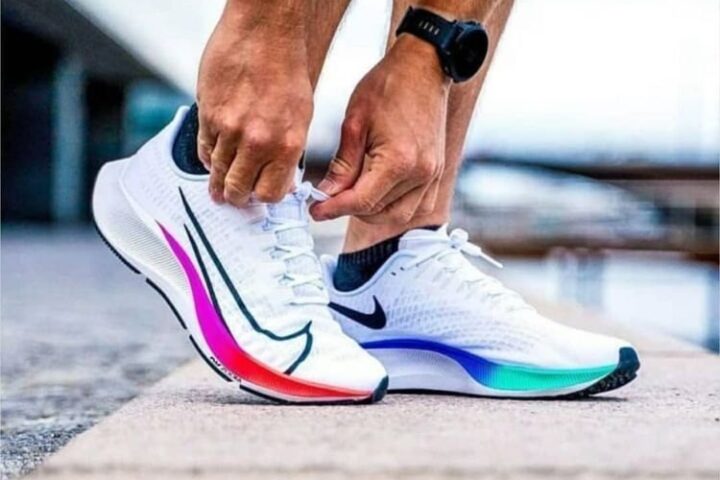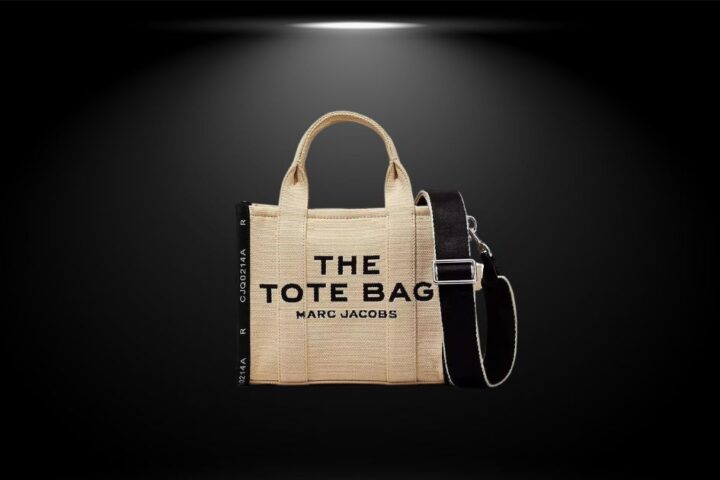In addition to being one of the largest and most important industries in the world, the fashion industry is also considered one of the most polluting industries, causing irreversible damage to the environment. UN Environment estimates the fashion industry produces 20 percent of the global waste water and 10 percent of global carbon emissions.
The fast-paced nature of the industry, combined with the constant production of fresh and innovative designs, has led to a significant increase in synthetic raw materials, toxic dyes and energy-intensive production processes that cause great damage to the environment. Because of this, the demand to promote the sustainable development of the fashion industry and limit its environmental impact has increased.
The basis of sustainability is the triple bottom line approach which encompasses economic, social and environmental components. Sustainability in the fashion industry is assessed in relation to the design, production and disposal of clothing and accessories in a way that minimizes their environmental impact and promotes social and ethical values
Recently, more attention has been paid to how IPR can play a role in promoting sustainability in the fashion industry. Intellectual property law refers to the legal protection of creative works, including designs, trademarks, patents and copyrights. Intellectual property rights (IPR) systems form essential policy tools to incentive innovation and support diffusion. The TRIPS Agreement aims at supporting IPR as a tool for international knowledge and technology transfer, which is crucial for developing as well as diffusing sustainable solutions.
In the fashion industry, intellectual property rights are crucial to protecting the unique designs, logos and trademarks of designers and brands. This ensures that designers and brands can maintain the exclusivity of their products and prevent others from counterfeiting or misusing their designs.
INTELLECTUAL PROPERTY LAW IN SUSTAINABLE FASHION – ROLE
THE WEST
There are also several initiatives underway in the West to promote sustainability in the fashion industry. For example, in order for consumers to be sure of the environmental impact of a product, there are a number of certification marks and collective marks that show the sustainability of the product. Western fashion designers and manufacturers can use these brands to demonstrate their commitment to sustainability and differentiate themselves from less sustainable competitors.
Some Western countries have introduced sustainable fashion regulations and standards to ensure that companies are responsible for their environmental and social impacts, while others have introduced tax incentives for companies that adopt sustainable practices, such as monitoring their carbon footprint or using durable materials.
INDIA
Intellectual property law can help promote sustainability in the fashion industry by protecting the rights of industry experts who create sustainable and ethically produced products. It can also encourage innovation and creativity in the industry and provide stakeholders with a financial incentive to invest in sustainable practices.
For example, the branding and marketing of sustainable fashion products can be protected by trademarks. This can help ensure that consumers can easily identify and choose sustainable products, as well as help prevent the introduction of fake and manufactured product which undermines the hard work and efforts of sustainable fashion designers.
Geographical indications are also a form of intellectual property protection used to indicate the origin and quality of products and to protect the traditional knowledge and practices of communities. In India, GIs also protect traditional crafts and handicrafts known for their sustainability and use of natural materials.
CHALLENGES
Despite these initiatives, the fashion industry is still struggling to address and solve key sustainability issues. There are numerous reasons for the same-
- High costs and technical costs of obtaining intellectual property protection: The process of obtaining intellectual property protection can be long and expensive, which can discourage people from seeking protection, especially if they do not have sufficient resources.
- Lack of specific legislation: There is currently no specific legislation for the fashion industry, which can lead to confusion and inconsistencies in the application of intellectual property law. The legal framework in India and the West needs to be improved to ensure the protection of sustainable fashion practices and to prevent misuse of traditional knowledge and practices.
- Little information on intellectual property rights: Many stakeholders in the field do not use the opportunities provided by the law because they are not aware of the role of intellectual property rights in promoting sustainability.
- Unclear definition of counterfeit products: Current laws do not adequately address the issue of counterfeiting, which can be a significant barrier to promoting sustainable fashion.
- Inadequate enforcement: The system is not well equipped to enforce sustainable fashion, which is necessary to ensure that the industry moves in the right direction.
THE FUTURE
To achieve sustainability in the fashion industry, it is necessary to overcome the challenges listed above and close the gaps in the current regulations. In the future, clear and effective trademark laws are needed to protect the interests of sustainable fashion brands and prevent counterfeiters from exploiting the expanding sustainable fashion market. This should be accompanied by better enforcement, including the creation of special courts to resolve disputes related to sustainable fashion. Finally, efforts must be made to increase consumer awareness of the importance of sustainability in the fashion industry and make them mindful of the potential environmental impacts of their purchasing decisions.
In conclusion, sustainability in the fashion industry is a deep-rooted issue that requires a well-planned approach from both government and industry. There is a need to radically scrutinise our actions and reasons for limitless consumption, else the consequences may far exceed our imagination. Intellectual property rights play a key role in promoting the sustainability of the fashion industry, but there are still many barriers that need to be addressed, especially in India. By closing gaps in existing laws and regulations, strengthening enforcement mechanisms and increasing consumer awareness, we can work towards a more sustainable future for the fashion industry for generations to come.










